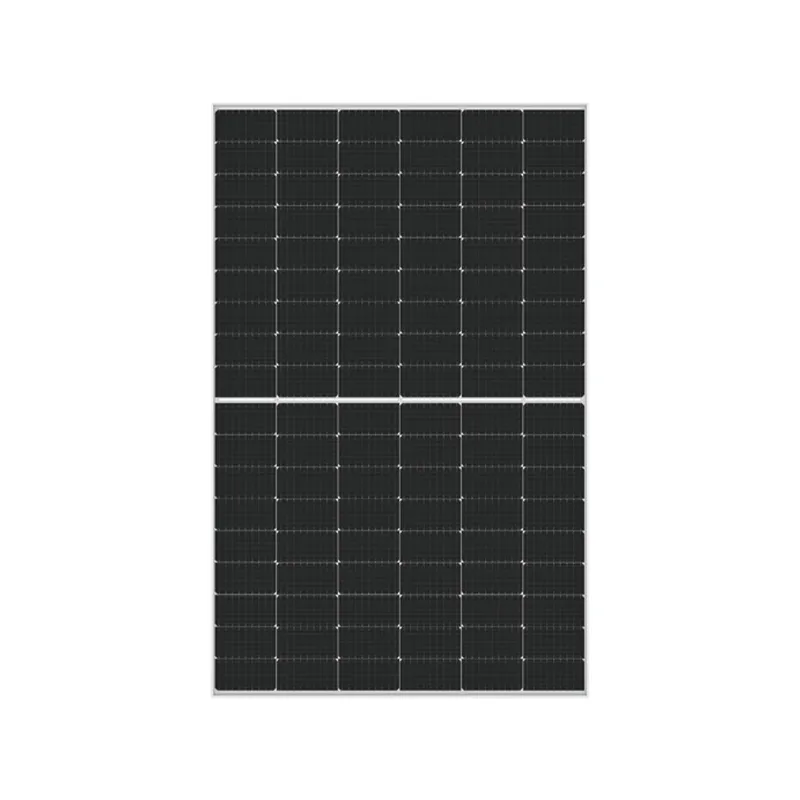understanding solar panel specs
Understanding Solar Panel Specs A Guide for Homeowners
As renewable energy sources gain popularity, understanding solar panel specifications becomes essential for homeowners considering solar installations. Solar panels vary in efficiency, durability, and output, which influences their suitability for different applications. Here, we break down some key specifications that can guide your decision-making process.
1. Efficiency Ratings The efficiency of a solar panel indicates how effectively it converts sunlight into electricity. Most residential solar panels have efficiency ratings between 15% to 22%. Higher efficiency panels generate more electricity from the same amount of sunlight, making them ideal for areas with limited roof space. When comparing panels, look for those with higher efficiency, as this can significantly impact your overall energy production.
2. Wattage Output The wattage indicates how much power a solar panel can produce under standard test conditions. Common wattage ratings for residential panels range from 250W to 400W. If you have a larger energy requirement, consider panels with higher wattage outputs. Calculating your household energy needs allows you to determine how many panels you'll require for optimal performance.
understanding solar panel specs

3. Durability and Warranty Solar panels are a long-term investment, and their durability is crucial. Look for panels with a strong warranty, typically between 25 to 30 years. A solid warranty often indicates good quality manufacturing and reliability. Check whether the warranty covers performance degradation over time, as reputable manufacturers will guarantee that panels should produce a certain percentage of their original output after several years.
4. Temperature Coefficient This specification indicates how much a solar panel's performance decreases as temperatures rise. A lower temperature coefficient is preferable, as it signifies that the panel maintains its efficiency better in hot climates. This is particularly important for homeowners living in warmer regions.
5. Types of Solar Panels There are three main types monocrystalline, polycrystalline, and thin-film. Monocrystalline panels are generally the most efficient and space-efficient. Polycrystalline panels are less expensive but have lower efficiency. Thin-film panels are lightweight and flexible but typically have the lowest efficiency ratings, making them suitable for specific applications.
Understanding these specifications can empower homeowners to make informed decisions when investing in solar technology. Choosing the right solar panels not only enhances energy efficiency but also maximizes the return on your investment, paving the way for a sustainable energy future.
-
String Solar Inverter: The High-Efficiency Solution for Smart Solar EnergyNewsJul.14,2025
-
Revolutionizing Rooftop Energy with the Power of the Micro Solar InverterNewsJul.14,2025
-
Power Independence with Smart Off Grid Solar Inverter SolutionsNewsJul.14,2025
-
On Grid Solar Inverter: Powering the Future with Smart Grid IntegrationNewsJul.14,2025
-
Monocrystalline Solar Panels: High-Efficiency Power for the Future of Clean EnergyNewsJul.14,2025
-
Bifacial Solar Panel: A Smarter Investment for Next-Generation Energy SystemsNewsJul.14,2025







